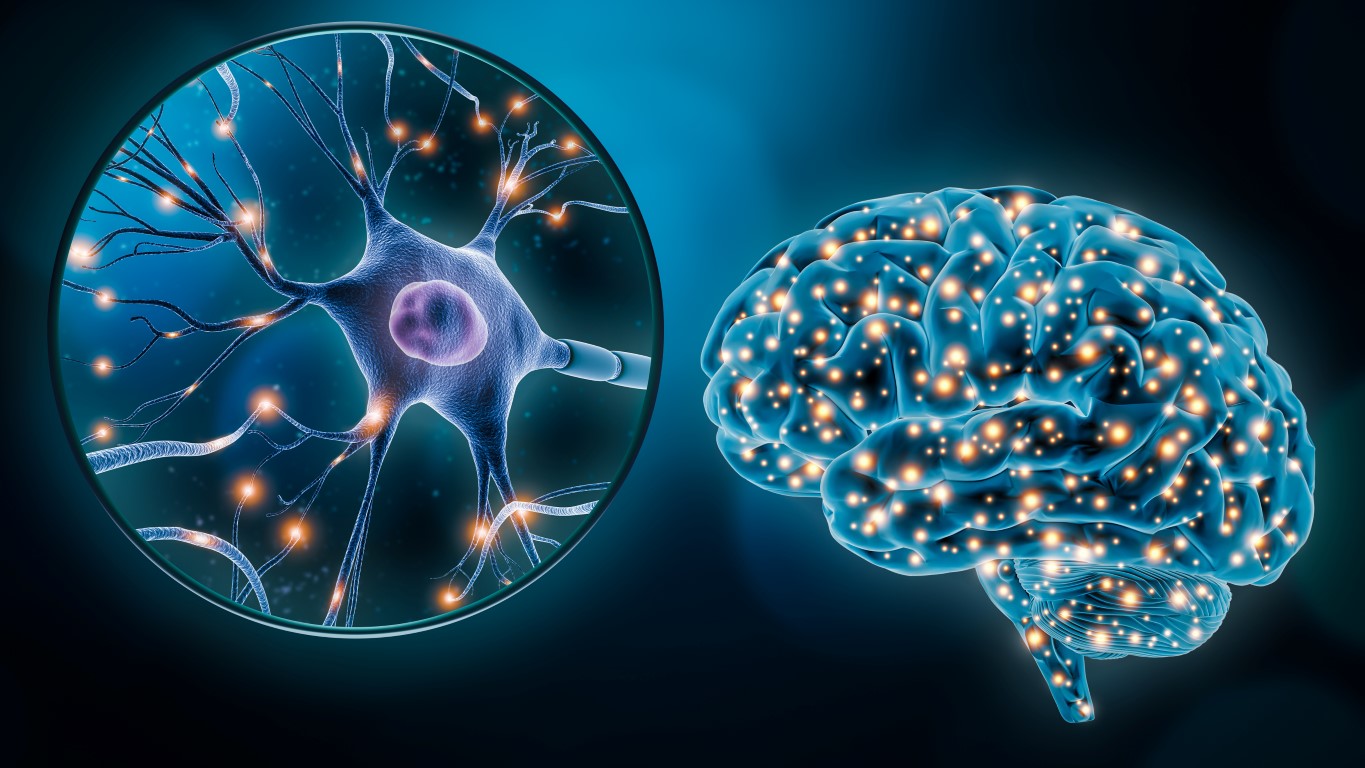MS is a chronic disease that affects around 13,000 Belgians and causes multiple diffuse inflammatory lesions in the brain and spinal cord. Although its exact causes remain unknown, they involve genetic susceptibility factors and environmental factors. Among the latter, EBV is increasingly considered to be a necessary factor in the development of the disease. Indeed, MS could be a very rare and late complication of EBV infection in the genetically susceptible.
EBV infection usually occurs in childhood, between the ages of 18 months and 9 years, and is most often asymptomatic. During adolescence, it can trigger glandular fever, which is characterised by fever, a sore throat, enlarged lymph nodes and severe fatigue. People with glandular fever are three times more likely to develop MS later on. The persistence of the virus in the B cells is lifelong. Whereas approximately 95% of adults have EBV antibodies, almost 100% of MS patients do (1046/1047 in a 2015 study, 901/901 in a 2020 study).
An epidemiological study was performed between 1993 and 2013 on 62 million blood samples taken every two years from 10 million young adults working in the US military. At the time of the first blood test, 5.3% of individuals tested negative for EBV antibodies. During this period, multiple sclerosis was detected in 955 individuals, 35 of whom had had no EBV antibodies in their first blood sample. These 35 people always developed MS after, and never before, being infected with EBV and producing specific antibodies. The risk of developing MS was therefore increased 32 times compared with those who remained EBV-negative. It was also possible to calculate that MS began between 2.5 and 15 years after the appearance of EBV antibodies (average length of time 7.5 years).
The specific mechanisms that cause EBV, now latent in the B cells, to disorganise the immune system and trigger autoimmunity against myelin – the protective sheath in which the nerves are encased – remain as yet unknown.
The presence of ‘shadow plaques’ is a source of hope.
These are lesions where remyelination has been spontaneous due to the intrinsic capacity of the brain for self-repair. Although the new myelin sheaths are thinner than normal, they enable nerve impulses to be transmitted once more in a near-normal manner. Unfortunately, such remyelination varies greatly from one person to another and even from one area of the brain to another. For instance, it does not occur in plaques that are very old or located in the cerebellum. As yet, we do not know why this spontaneous phenomenon is so variable in frequency, intensity and location. However, the very possibility of remyelination in an adult brain has encouraged the many research studies performed in this field. The purpose of these studies is to investigate factors that inhibit remyelination and potential ways to stimulate the cells that synthesise the myelin sheath, namely the oligodendrocytes and their precursors.
Half of the research currently financed by the Charcot Foundation concentrates on the study of this remyelination process.
Professor Christian Sindic, President

